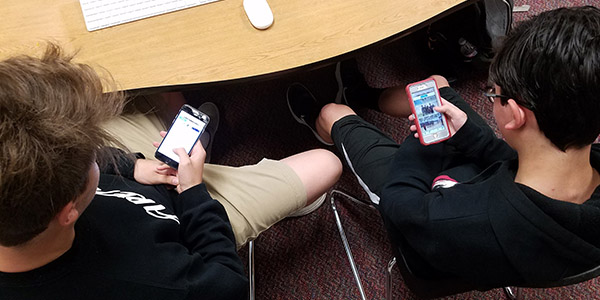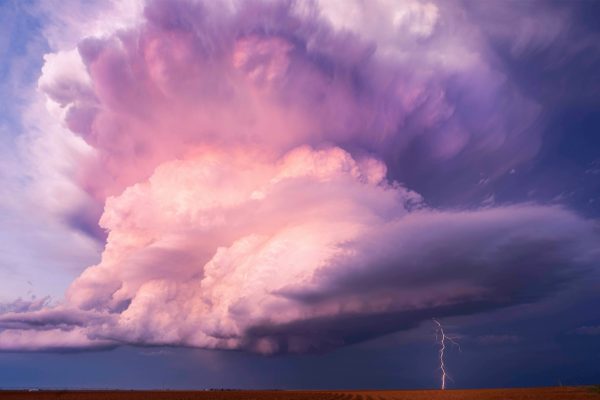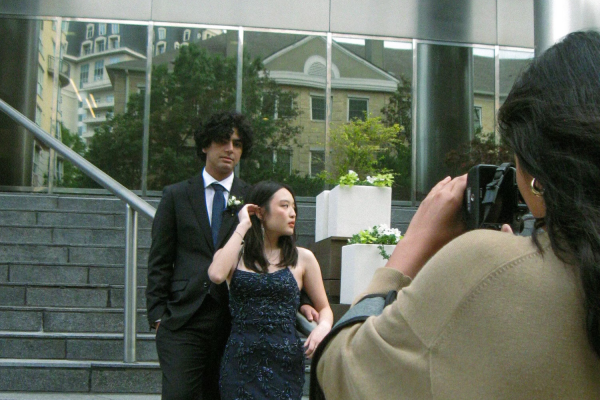With the release of the iPhone 14, e-waste is on the rise

The Iphone 14 was recently released, and with it, e-waste is back on the minds of many students and staff. Much of the e-waste seen is generated when consumers purchase new products without recycling their old ones.
Google Pixel. Samsung Galaxy. Apple iPhone. Virtually every year, a new version of one of these phones is released. The latest: the iPhone 14.
But along with new features and new technology comes a growing problem: e-waste. The United Nations reports that 50 million tons of e-waste, or electronic waste, is generated throughout the world every year. With the constant growth of the tech industry and companies launching new products more often, many are not mindful of the waste overconsumption generates.
Sometimes when my family buys new iPhones we just throw out old ones,
— sophomore Sophia Hung
“E-waste takes a while to break down and we make so much of it,” AP Environmental Science teacher Richard Sabatier said. “The chemical can seep into the environment and that causes problems.”
According to The World Counts, most e-waste is shipped to Asia and Africa where it is meant to be “recycled”. It is then burned, oftentimes, by children. E-waste contains chemicals such as lead, mercury, arsenic, chromium, vinyl dioxide, and Beryllium, and when exposed to these chemicals there could be serious health damages.
Large tech companies as well as the general population play a big role in contributing to the problem according to Sabatier.
“Tech companies absolutely contribute a lot to the issue,” Sabatier said. “But we as consumers also partake in buying these products which then keeps the tech companies producing.”
With every release of a new phone or laptop, waste is generated if consumers and producers are not recycling properly.
“Sometimes when my family buys new iPhones we just throw out old ones,” sophomore Sophia Hung said. “We use our devices for a pretty long time and we just don’t see the point in trying to salvage it.”
Apple’s release of the new iPhone 14 opens the door to more waste. However, Pre-Calculus teacher Julia Ridgway does her best to recycle her old technology when she buys the newest release. We as consumers also partake in buying these products which then keeps the tech companies producing, — AP Environmental Science teacher Richard Sabatier
“I do think many people, including me, over consume new technology pieces,” Ridgway said. “I do my best, with all of my Apple devices, to use them for as long as possible before upgrading. When I buy a new phone, almost always, I trade the phone in for a discount.”
However some Redhawks have taken advantage of tech companies that have started recycling programs to cut down on their contributions.
“I have recycled an Apple product at Best Buy,” sophomore Nolan Sow said. “It’s really similar to other trade-ins where you receive credit.”

Christine Han is junior and this will be her second year on the Wingspan staff. She manages social media for Wingspan and is also a photographer. She will...







